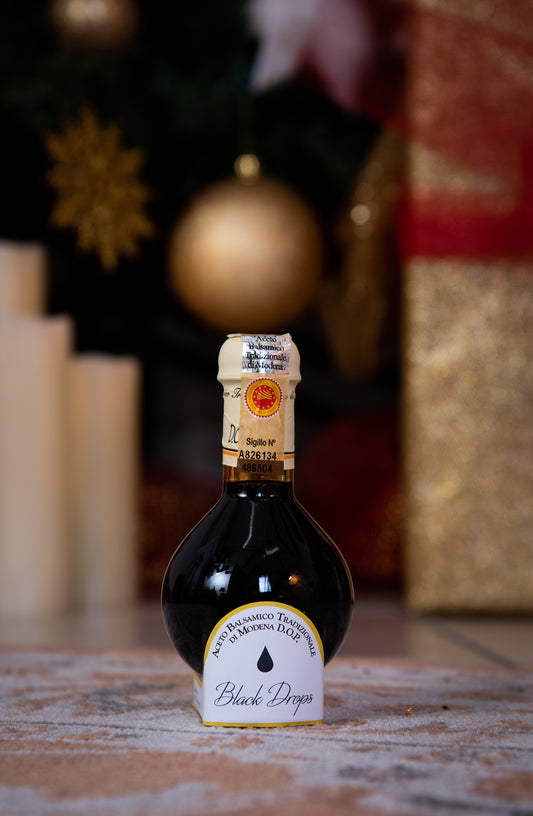It is that healthy and nutritious food that helps to raise children and keep adults fit and healthy: alone or with a drop of Balsamic Vinegar or in combination with other foods, it takes us on a journey that satisfies the senses. It is the only, inimitable Parmigiano Reggiano !
Parmigiano Reggiano embodies a very long journey that is still carried out today in the same places , with the same passion and the same ingredients .
The first producers were the Cistercian and Benedictine monks in the Middle Ages : eager to create a cheese that would last over time, they managed to develop a dry pasta product with salt from the salt pans of Salsomaggiore and milk from cows reared on the farms of the monasteries.
The development takes place in Emilia in the 1400s, the size of the cheese wheels increases, up to weighing even 18 kg! In the following centuries, the production of Parmigiano Reggiano also established itself in the province of Modena, Parma and was exported throughout Europe. On August 7, 1612, the Duke of Parma Ranuccio I formalized the denomination of origin with an act defining the places from which the cheese that could be called Parma cheese must have come from: this date marks the beginning of the history of the Denomination of Origin, now recognized in the European headquarters.
Even today, after so many centuries, the methods of production of Parmigiano Reggiano have not changed: today, as in the Middle Ages, production takes place with a few genuine ingredients, in a natural way and without additives.
Parmigiano Reggiano is produced exclusively in the provinces of Parma, Reggio Emilia, Modena, Bologna to the left of the Reno river and Mantua to the right of the Po river: here the farms are concentrated where the cows are fed with fodder produced in this area in respect of a regulation that prevents the use of ensiled fodder, fermented foods and meals of animal origin.
An art that expresses itself slowly… at the natural rhythm of the seasons
Approximately 550 liters of milk are needed for each wheel of Parmigiano Reggiano: whole milk from the morning milking is added to the skimmed milk from the evening milking. The milk is poured into the copper boilers of the dairy, rennet and whey are added. In this way, the milk coagulates and forms the curd which is then fragmented into very small grains by the master cheesemaker with a tool called a spino. At this point, we move on to cooking: the curd fragments are heated up to a temperature of 55°C; the granules thicken on the bottom of the cauldron and give life to the cheese which is then divided into two parts; each part is placed in the fasciare, special circular wooden moulds, for 2 or 3 days.
Each wheel receives its own casein plate, imprinted with a unique progressive number and each wheel is engraved with the month and year of production, the serial number of the dairy and the dotted wording “Parmigiano Reggiano”. We then move on to salting. Only after these steps does the seasoning phase arrive, the decisive one for the goodness of Parmigiano Reggiano. Each form is placed on wooden boards, in rooms dedicated to the maturation of the cheese. During the seasoning, the cheese dries up, becomes crumbly and takes on the typical granular structure of a semi-hard cheese. At the end of the seasoning, the experts of the Consortium examine each form; only those deemed suitable can boast the fire brand attesting to the Protected Designation of Origin (PDO).
The specification provides for at least 12 months of maturing but it also reaches over 80 months as in the case of our 4 Madonne - Parmigiano Reggiano aged over 80 months , a rare product, which is suitable for true connoisseurs.








